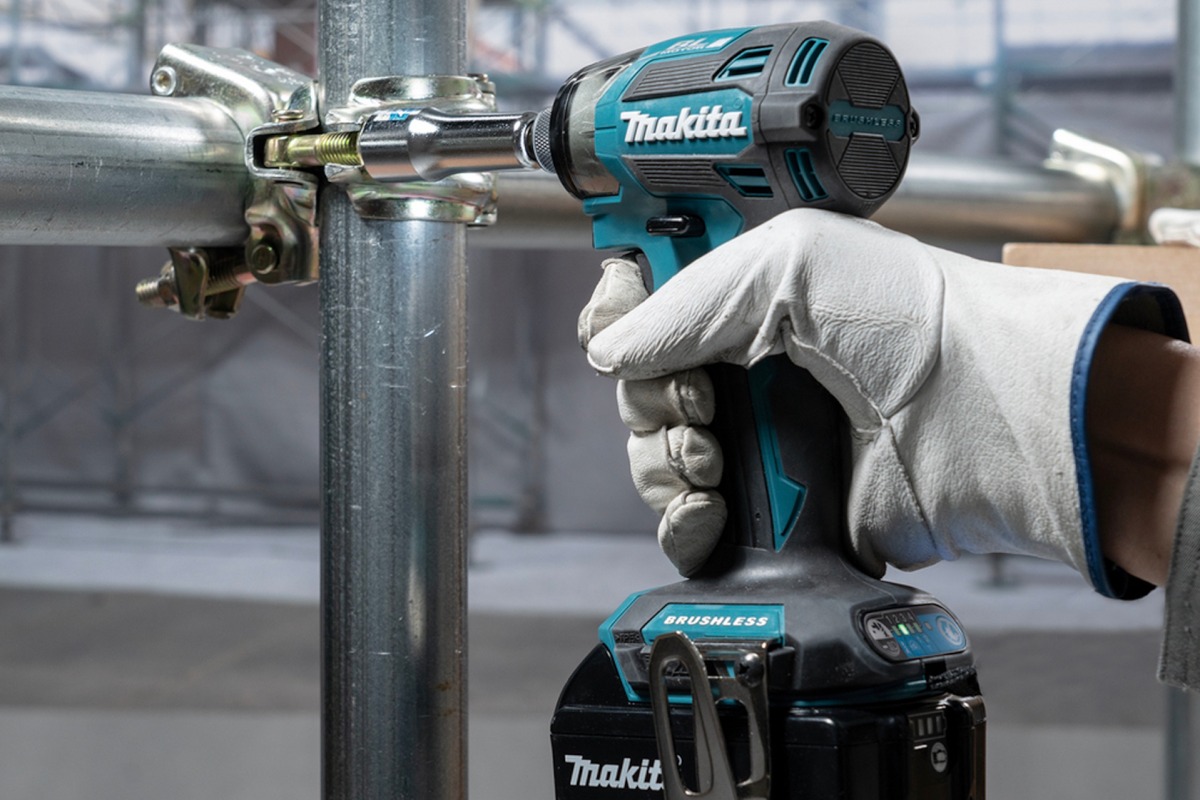'Festive pressures taking a toll on tradespeople’s mental health'
As Christmas approaches, new research has revealed that a worrying number of tradespeople in the UK are dealing with stress, burnout, and anxiety.
Many report that the festive period is the toughest time of year for their mental health.
According to the latest industry data in UK manufacturer Jackson Woodturners's recently launched UK State of The Trades Report, over a third (37%) admit feeling more stressed at this time of year. Whilst over a quarter (27%) report higher levels of burnout.
This is concerning given a high proportion already deal with mental health challenges throughout the rest of the year.
Additionally, nearly a quarter (23%) feel pressured to take on extra work to make more money for the festive season, a pattern that often leads to exhaustion and longer hours.
Lucie Levesley, Director at Jackson Woodturners, comments, “The end of the year can be especially tough for tradespeople. They’re juggling a heavy workload, tight deadlines, and customers eager to get jobs finished before Christmas, all while managing their own personal and business challenges.
"It’s easy for mental health to take a back seat, but it’s vital people take a step back, rest, and reach out if they’re struggling.”
Nigel Sanderson, Director and Lived Experience Expert at Men’s Minds Matter, adds, “Generally, it's a difficult time of year for everyone. Grey days and harsh weather affects us, working outdoors or in unlit, unheated spaces can make things even tougher.
"Before joining Men’s Minds Matter, I worked as a Joiner myself for a few years and remember this only too well! Coupled with this are financial pressures and unrealistic expectations that everything has to be perfect for Christmas.”
Widespread mental health strain across the trades
The research highlights how widespread mental strain has become across the trades.
Nine in ten tradespeople have felt stressed at some point this year, with many also reporting burnout, anxiety, and loneliness.
A quarter experience anxiety weekly and two thirds have battled symptoms of depression during 2025.
This echoes national findings showing that those working in the construction space are four times more likely to suffer mental health issues than the UK average, according to charity Mates in Mind.
Despite all this, nearly 70% of tradespeople say they’ve never accessed therapy or formal mental health support.
Men make up the majority of the UK’s skilled trades workforce (women are only around 2-4% of this and only 15% across the broader sector, according to ElecTraining), so despite these concerning figures in the report, it’s unsurprising that poor mental health is so prevalent in the industry.
Three out of four deaths by suicide are male (76%), with suicide being the biggest killer of men in the UK. This is at a rate of 14 men per day and, whilst gendered, these deaths affect everyone as they are not just men; they are husbands, partners, dads, brothers, sons, and more, leaving families wondering "why did this happen."
Guidance and support
Dr Luke Sullivan, Clinical Psychologist and founder at Men’s Minds Matter, has shared guidance on how all tradespeople can look after their mental health during the festive season:
1. Learn to spot early warning signals:
Take the time to know yourself and notice any physical and emotional cues that might be a result of stress.
Irritability, tension, fatigue, difficulty switching off are all common indicators to act and make changes. They’re your body telling you something is off, not signs of weakness.
2. Assess your load, not your limits:
Stress often reflects excessive demands, not a lack of resilience.
Examine what's on your plate both personally and professionally and adjust the weight before questioning your capacity or capabilities.
It’s a good idea to review your new year plans now, too, so you’re not struggling into the new year.
3. Redistribute, don’t internalise:
You don’t have to carry everything alone.
Delegate, share, or ask for help in finding another way. Whether that’s at work, at home, or with friends.
Even small redistributions of responsibility or calling in additional resources can release a lot of pressure.
4. Protect your boundaries:
Protect your personal time, family time, and rest. Boundaries are essential; they’re not selfish, they’re protective.
Make space for the things that replenish you and treat that time as non-negotiable. Deciding what you are willing to give creates boundaries and helps you recognise when you have crossed them.
5. Talk before you tip:
You don’t have to wait until things fall apart to speak up. Talk early and openly about how you’re feeling.
Sharing takes the weight off and gives others the chance to step in before the load becomes too heavy.
If you’re not sure where to start, visit the Men's Minds Matter website for self-help resources, guides, and training opportunities. You may also find support through organisations like Band of Builders.
Joe Peck - 21 November 2025











